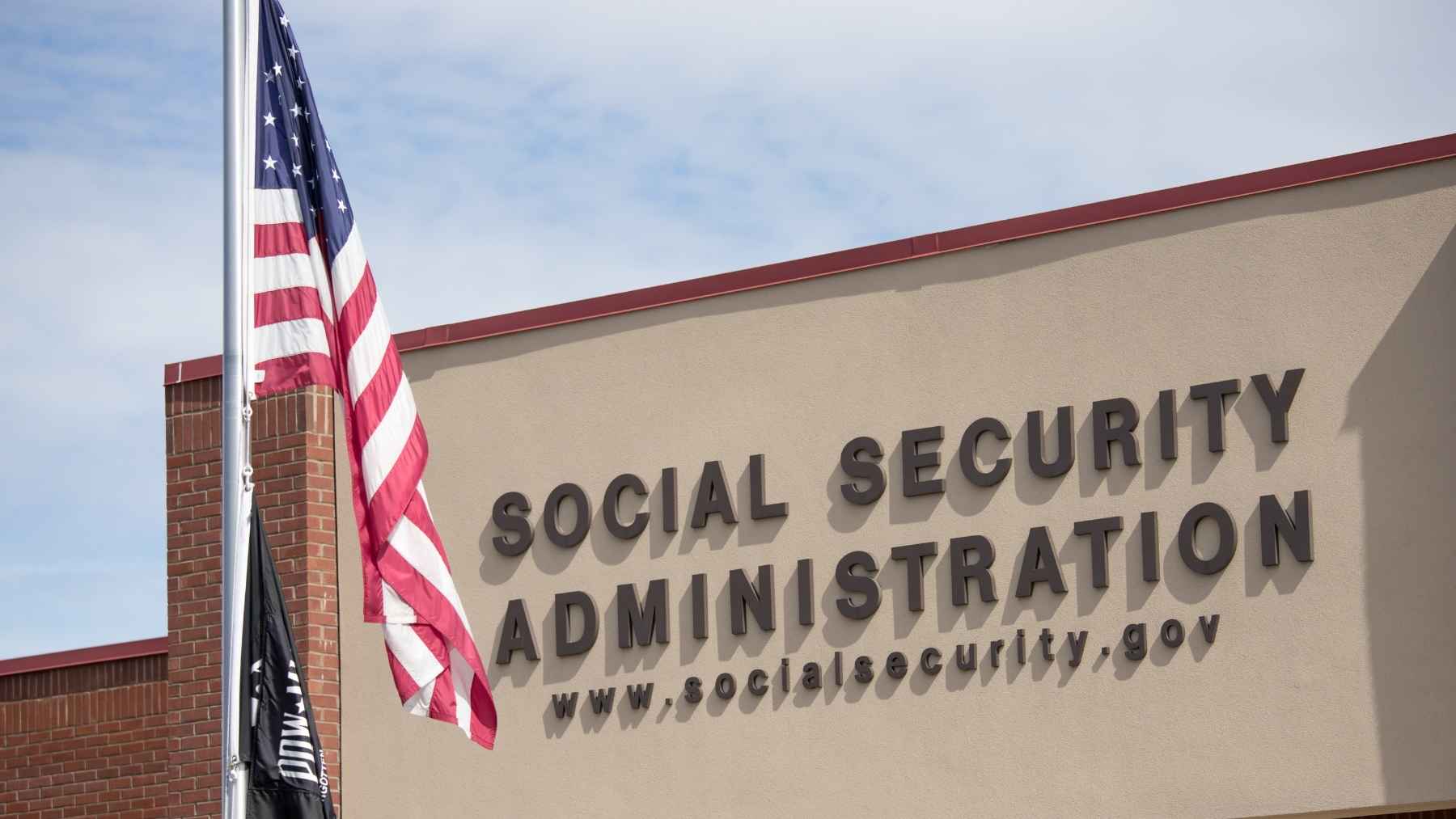Social Security is an insurance program that allows seniors to live out their retirement period with the assurance of a stable source of income to help them cover their living expenses now that they are no longer working. These Social Security benefits are disbursed by the Social Security Agency (SSA) on a monthly basis.
The end of June marks the halfway point for the year, and in these six months, the SSA has undergone a slew of changes — including the appointment Frank Bisignano as SSA Commissioner. The Social Security Fairness Act was also signed into law by former President Joe Biden at the beginning of year and served as a significant change for around 3 million beneficiaries. Here are some other changes to take note of as we near the second half of the year.
Social Security Full Retirement Age
Benefits can be claimed from age 62, however, this is not the Full Retirement Age (FRA) and claiming from this age will result in a deduction to your benefit amount. Starting in 2026, the FRA will be 67 years of age for those born in 1960 and later. This FRA of 67 will mark the end of a decades long transitionary period wherein the FRA was gradually increased from 65 in two month increments.
The FRA will stop increasing once its reaches 67, unless Congress motions to amend this — and it appears that Congress might just do exactly that. A recent report from Social Security trustees revealed that the OASI trust fund will be exhausted by 2034. Following this, the program will only have the capacity to cover 77% of scheduled benefits.
Congress is currently debating increasing the FRA to 69 throughout the years 2026 to 2033 and the Republican Study Committee is leading this initiative. According to financial analysts, increasing the FRA again “is a politically easier move than cutting current payouts or raising payroll taxes.” However, Aaron Cirksena, MDRN Capital CEO warns that “such increases act as a silent cut —reducing benefits for future retirees without affecting current payments.”
2026 COLA
The COLA, or Cost Of Living Adjustment is an annual increase added to Social Security benefits in order to combat the effects of inflation. The Bureau of Labor Statistics releases the Consumer Price Index for Urban Wage Earners and Clerical Workers (CPI-W) for each month of the year. The CPI-W data for the third quarter of the year is compared to the same data from the previous year. If there is an increase, this figure becomes the COLA for the upcoming year.
The Senior Citizens League (TSCL) has estimated that the 2026 COLA will be 2.5% based on the CPI-W from May. The COLA for 2025 was also 2.5%. Having a repeat COLA for two consecutive years is a rather rare phenomenon which last occurred in 1983 and 1984 where the COLA was 3.5%.
TSCL Executive Director Shannon Benton states that, “seniors should be concerned as inflation continues to tick upward. TSCL’s research shows that there’s a serious disconnect between the inflation the government reports and the inflation that seniors experience every day. If the government tells us that prices are rising faster, it’s likely that seniors are already feeling the crunch.”
Additionally, concerns are being raised regarding the accuracy of the data used to measure inflation. A TSCL report revealed that “a hiring freeze at the agency has forced the Consumer Price Index program to cut back on the number of businesses where it measures prices,” citing the Wall Street Journal.
Regarding this matter, Benton said, “While streamlining the federal government is a good thing, that shouldn’t involve cutting back on our ability to measure how our economy is changing. Inaccurate or unreliable data in the CPI dramatically increases the likelihood that seniors receive a COLA that’s lower than actual inflation, which can cost seniors thousands of dollars over the course of their retirement.”
The 2026 COLA will only be announced in October.

